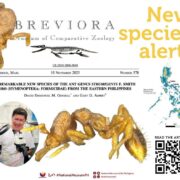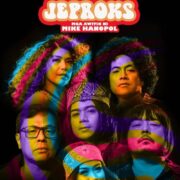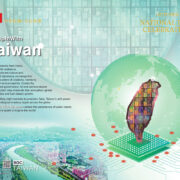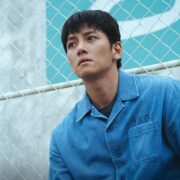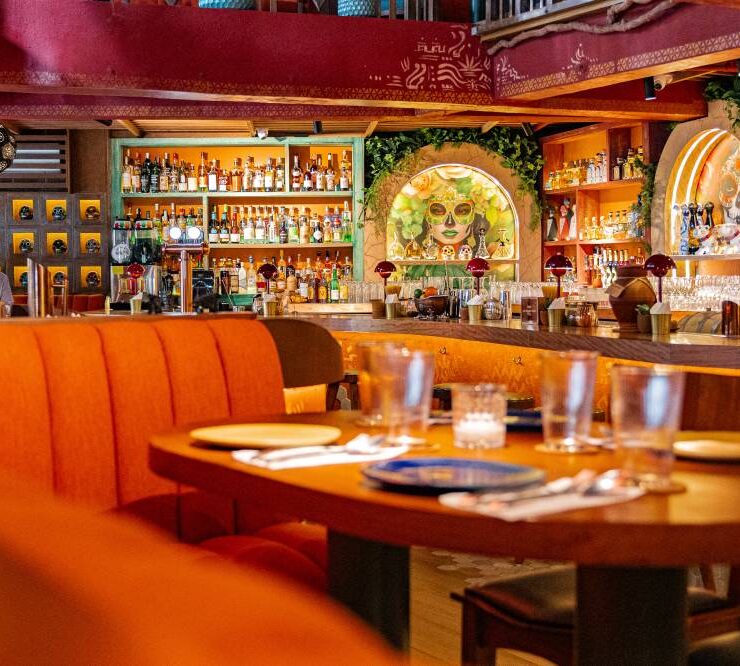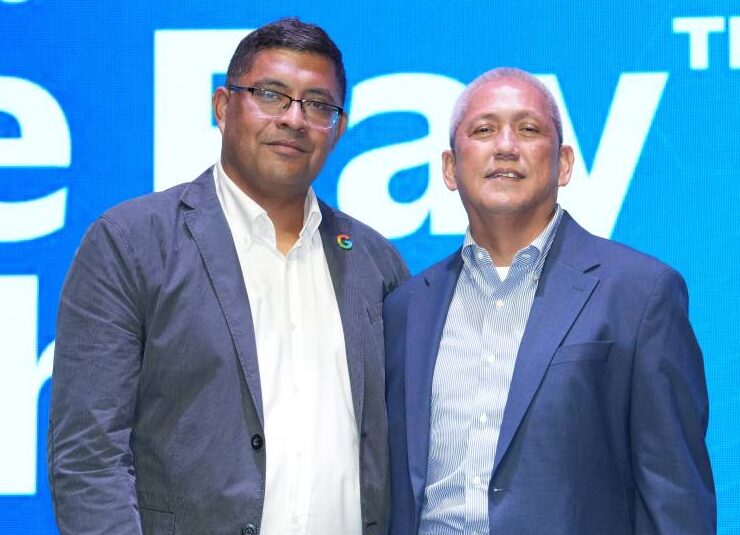How a little bottle became a global gut health powerhouse
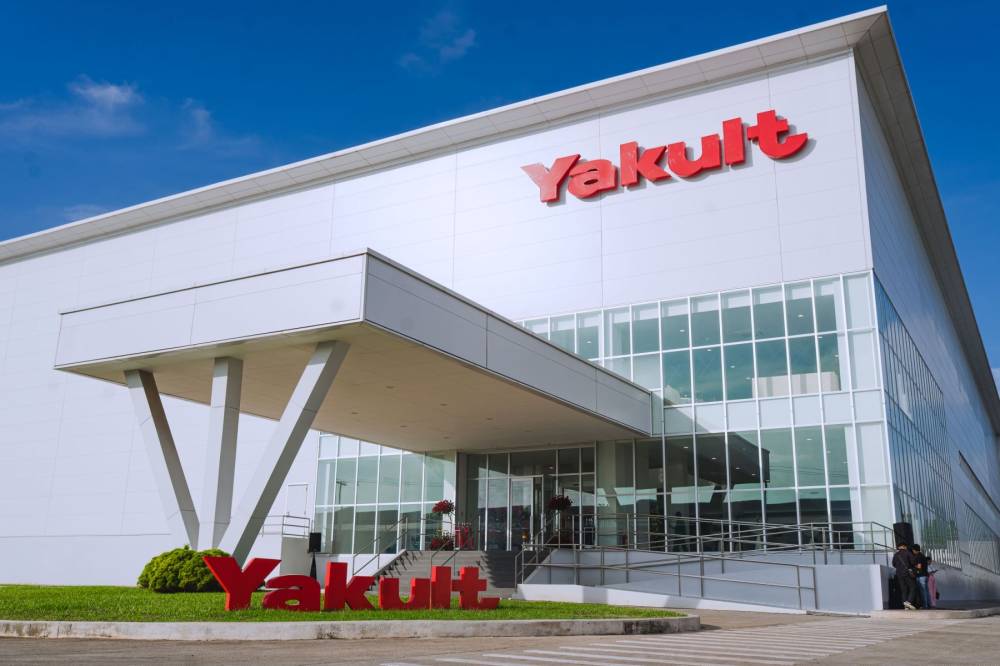
Dr. Minoru Shirota faced a conundrum. After meticulous research, he had discovered that lactic acid bacteria can suppress harmful bacteria in the intestines. But for it to achieve that, it had to reach the intestines alive. How?
Fueled by his desire to help people stay healthy and happy, the young doctor never gave up, studying different strains and doing durability tests with artificial gastric juices. His passion for preventive medicine had taken root during his childhood in Nagano, Japan, where he witnessed people succumbing to infectious diseases like cholera and dysentery.
His hard work paid off when he successfully cultured a fortified strain of lactic acid bacteria that could withstand gastric juices and bile so it could produce beneficial effects in the gut. That strain is now called Lacticaseibacillus paracasei strain Shirota (LcS).
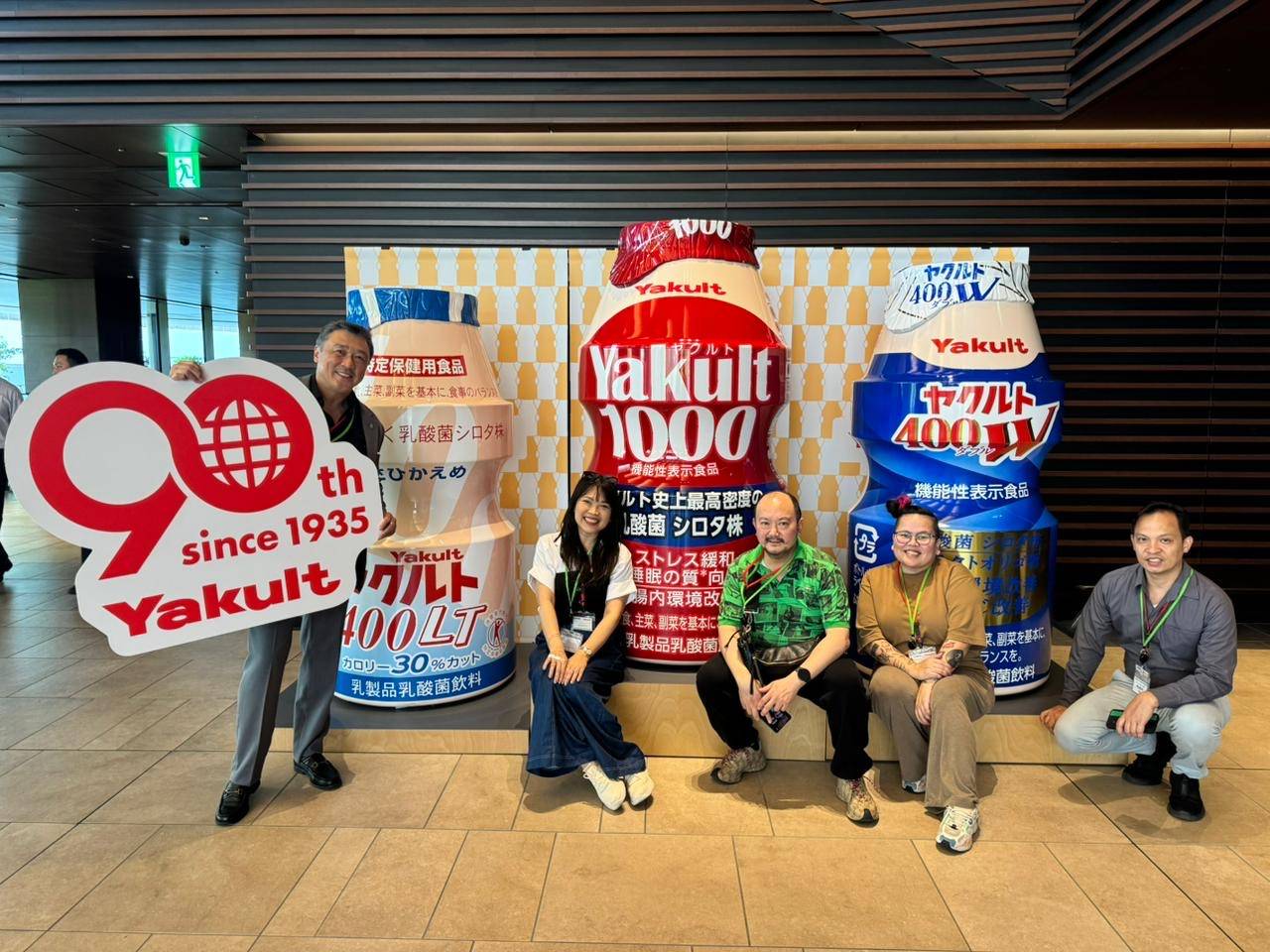
It was this breakthrough moment that led to the creation of Yakult, and we got to relive it at the Shirota Memorial Museum, a place dedicated to honoring the life and work of the Yakult founder—a pioneer of probiotics who advocated for gut health decades before it became cool.
The museum is located at the Yakult Central Institute, a place where scientists carry on Dr. Shirota’s legacy through research and technological innovation. It was one of the stops of our Yakult tour in Japan.
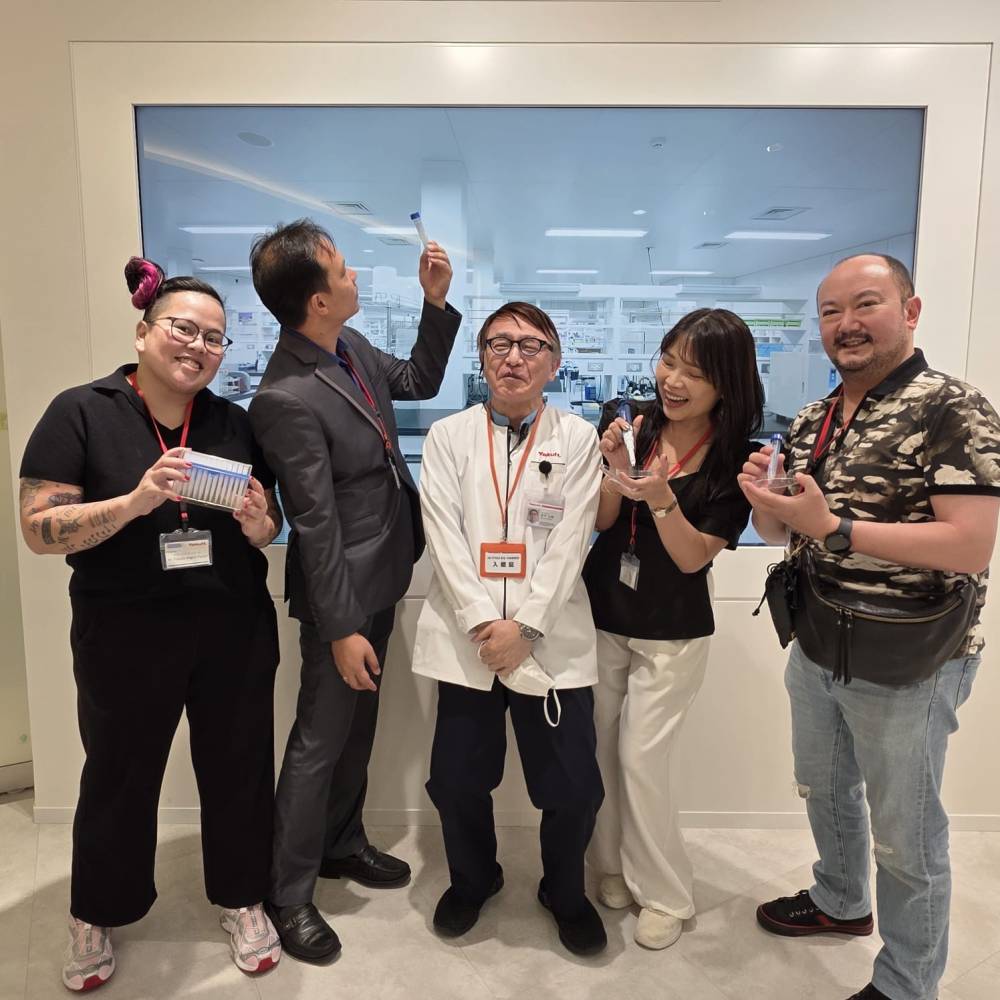
Shirota-ism
For several days, we immersed ourselves in the world of Yakult and saw how it continues to be committed to Dr. Shirota’s principles of Shirota-ism: preventive medicine, long life through a healthy intestinal tract, and the importance of bringing good health to people at an affordable price.
In the Philippines, where people drink around 4.8 million bottles of Yakult every day, the standard retail price is P10 per bottle.
Yakult is the fermented milk drink loved for its yummy taste and beneficial live bacteria. The name comes from the Esperanto word jahurto which means yogurt. First introduced in Japan in 1935, it became available in the Philippines in 1978.
“Yakult products are sold in 40 countries and regions around the world. Around 38 million people enjoy our dairy products each day,” said Takeshi Umeda, general manager at Yakult’s International Business Department.

Yakult offers two products in the Philippines: the probiotic drink that has become a daily habit for many Filipinos, and a light version with fewer calories. Both variants contain 8 billion live LcS.
“Why do you want LcS floating around in your insides? It suppresses the growth of harmful bacteria in the intestines. It helps activate the body’s natural immune power, and it does this by invigorating the natural killer cells. It also promotes healthier intestinal activity, which prevents both constipation and diarrhea, and it has no side effects,” said Kai Wasson, translator at Yakult Honsha Co., Ltd.
Since Yakult Honsha (honsha means headquarters in Japanese) was founded in 1955, the company has grown into a global group of 170 companies. In Japan, there’s a multitude of Yakult products: beverages, food, cosmetics, and pharmaceuticals.
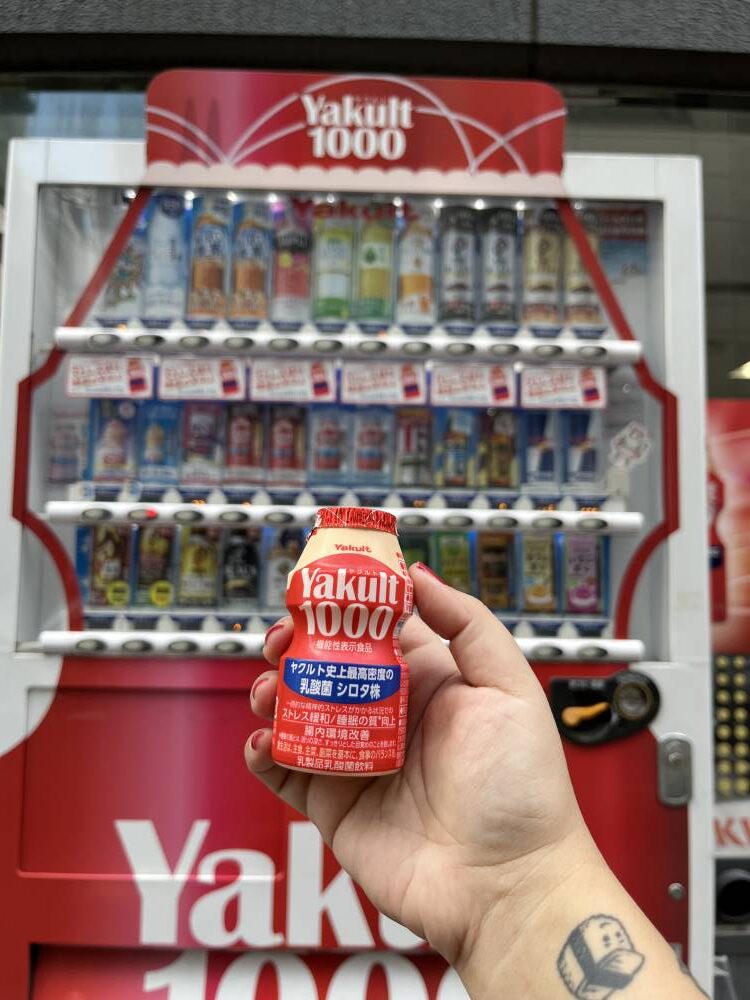
“It’s really effective. I drink it every night and it helps me fall asleep faster,” one of them said. They shared how, when Yakult 1000 was first launched, it became so popular that you were only allowed to buy one bottle at a time. We totally get it—we became instant fans, too.
At Yakult’s Ibaraki Plant, an hour north of Tokyo, we got to see how Yakult 1000 is made. The company’s dedication to safety and hygiene was impressive, with staff going through eight steps of sanitation each time they entered the production area. By the time we visited, they had already produced 512,000 bottles of Yakult 1000 that day.
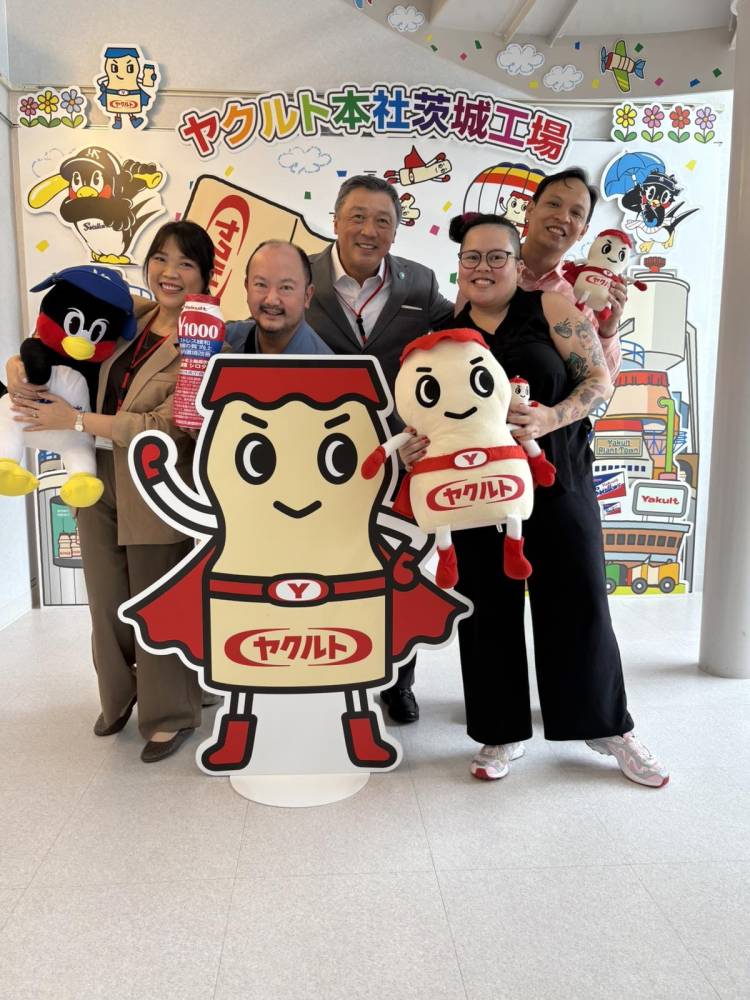
Yakult Ladies
You can buy Yakult in stores, but there’s also another way to get them—through the Yakult Ladies system which the company considers “one of its greatest strengths.” Developed in 1963, the Yakult Ladies system gave women a flexible job opportunity so they could earn while also taking care of their kids and their household. Yakult continues to find ways to better support working women, like providing daycare facilities at its sales centers.
Wasson said, “Yakult Ladies are more than just salespeople—they study the science behind products and provide information about health.
“Because Yakult Ladies work in the same area every day, they develop relationships with people in those communities. This kind of direct human interaction, this very personal feature of our distribution network, is why we consider the Yakult Ladies to be the face of our company.”
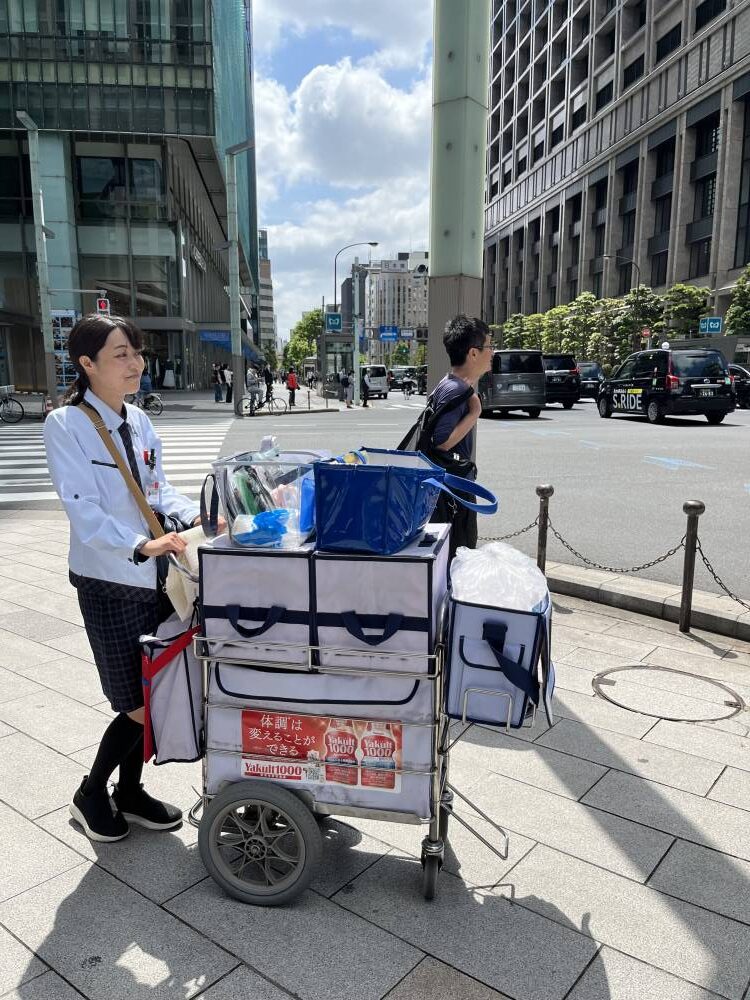
There are a total of 82,385 Yakult Ladies in the world, 32,438 of them in Japan. The system has also been running in the Philippines since 1978. There are 4,318 Yakult Ladies working in the country, delivering Yakult to their customers every day.
We saw Yakult Ladies in action at the Nihonbashi Center (we even had the rare sighting of a Yakult Guy), as they got ready for the day’s deliveries, loading their carts with different Yakult products.
Her cart full, Kana Komiyama, 36, and a Yakult Lady for six years, headed out. We followed her as she masterfully maneuvered the heavy cart across the streets of Nihonbashi. She made it look easy but it wasn’t—trust us, we tried. Being a Yakult Lady is hard work.
At the first stop, Komiyama placed orders into a bag and left her cart outside the building. The elevator wasn’t working so she headed up three flights of stairs to make her delivery. Inside the office, she went from desk to desk, bringing a bottle of Yakult to each person and greeting them warmly. She did this at this location every single day.
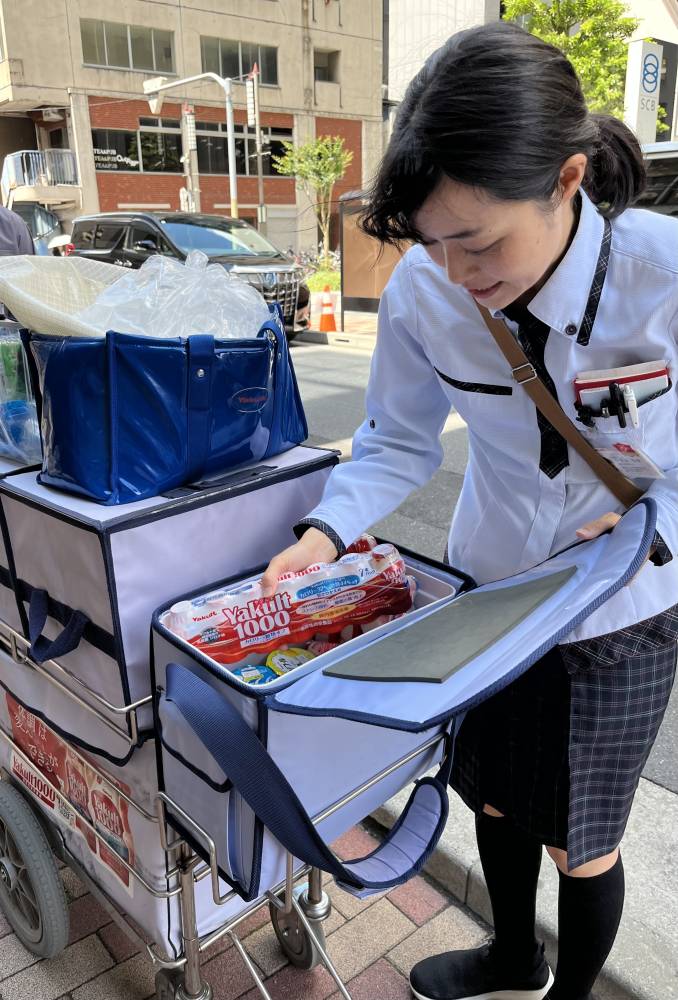
Our next stop was a dental clinic where she handed over a pack of Yakult 1000 and plain Joie, a drinkable yogurt.
Some offices allowed her to bring up her cart for a quick pop-up. She would stand there for five to 10 minutes, waiting to see if anyone would like to buy anything. At a bank, a man bought a Toughman, a caffeine-free energy drink, and paid with a credit card.
At an electrical maintenance office, she had a lot of customers, mostly women, including one who told us she buys a Mil-Mil S (a probiotic fermented milk drink with Bifidobacterium breve strain Yakult, galactooligosaccharides, and dietary fiber) and a Toughman, every day. She also bought Yakult 1000s for her coworkers.
Komiyama does this daily, from 9 a.m. to 4 p.m., taking a quick lunch break in between. She makes deliveries in all types of weather—covering herself and her cart when it’s raining, bundling up when it’s cold, and finding ways to cool down when it’s hot.
We asked—what does she love the most about being a Yakult Lady? She said with a smile, “Being able to meet lots of different people all the time is nice, chatting with people in different businesses, different offices.”
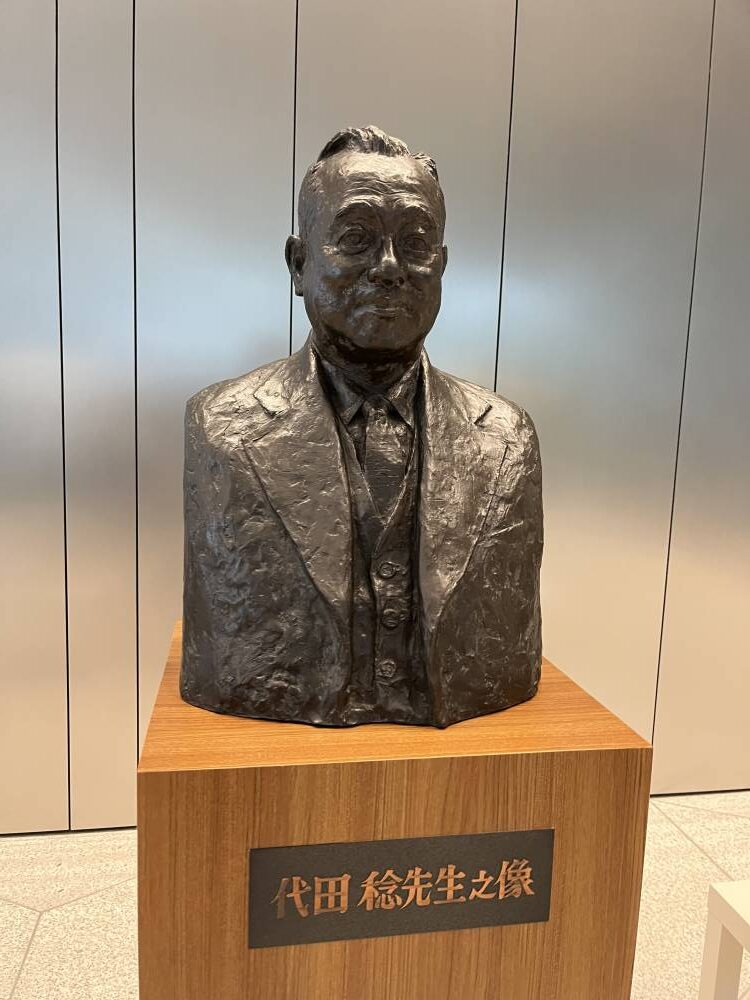
Effects of LcS
At the Yakult Honsha, Yukitoshi Aoyagi of the Tokyo Metropolitan Institute for Geriatrics and Gerontology discussed the results of their study on the effects of habitual consumption of fermented milk products containing LcS on older adults. They found that those who consumed LcS products at least three days a week had a significantly lower risk of developing hypertension. Older adults who regularly consumed these products were also less likely to suffer from infrequent bowel movements. They also concluded that regular consumption of lactobacilli, combined with daily physical activity, may help slow the decline in walking speed among the elderly.
Dr. Masahiro Suzuki of the Nihon University School of Medicine’s Department of Psychiatry, a psychiatrist since 2002, gave a lecture on managing stress and improving sleep. Gut health, stress, and sleep are intricately linked.
Wherever we went, even during breaks from the tour, we kept seeing Yakult products. It became my hobby to spot it in the wild—in convenience stores, vending machines, supermarkets. Yakult was everywhere—even in school lunches.
We saw that at Homei Elementary School, a private all-girls’ school in Tokyo, where students bring bento lunches twice a week and enjoy a school lunch the rest of the day. It was a Thursday when we went, a school lunch day for the 1st year, 2nd year, and 5th year students.
The school offers its students a mix of Japanese, Western, and Chinese dishes. Meals are designed by teachers who are licensed dietitians or nutritionists. They use seasonal and natural ingredients and make sure each meal is rich in nutrients. Dishes are made from scratch, including the broths.

School lunch
At Homei Elementary School, lunch isn’t just for sustenance, it’s also a learning opportunity. Students are taught about healthy food and diet. They also learn from farmers and get to plant and harvest vegetables and rice.
There’s a school lunch newsletter that students read out loud to their classmates, telling them about what they’re eating, where the ingredients are from, along with other information.
On the day of our visit, the menu was barley and rice, curried nikujaga (meat and potato stew), salad with miso dressing, and for dessert, Cup de Yakult, a spoonable creamy Yakult treat that is a source of calcium and contains 1 billion LcS.
“The students are big fans of this product,” said school nutritionist Chiako Okubo.
We watched as students lined up outside their classrooms to serve themselves. They then returned to their desks with their trays so they could eat. Those who wanted seconds were free to get more. Their teacher also ate the same lunch at her desk.
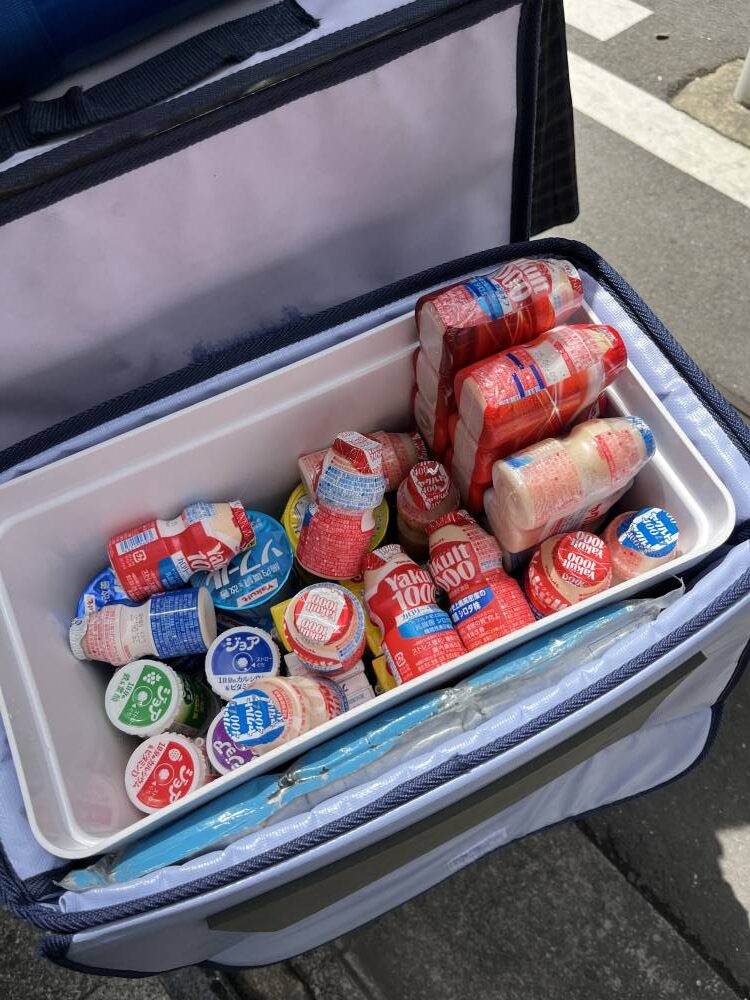
When she noticed that there was an extra Cup de Yakult, she and the students had a rock, paper, scissors battle to find out who would get it. The winner rejoiced.
We must admit, we were jealous. We wanted Cup de Yakult, too.
Yakult makes cosmetics, too, and the cosmetics line Yakult Beautiens has an interesting origin story. Years ago, when Yakult was being sold in glass bottles, customers would return the bottles and they would be washed. The people in charge of washing the bottles noticed that their hands had become soft and supple. That’s when they realized that lactic acid bacteria can be good for the skin, too.
Why does Yakult produce cosmetics? “It follows inner and outer beauty philosophy,” the company said.

We enjoyed a hands-on experience at the Yakult Shonan Cosmetics Plant in Kanagawa, south of Tokyo, which is dedicated to the production of liquid cosmetics. “It is also the oldest among all Yakult factories in the country,” said Hayashi, the factory manager. They’ve integrated Shirota Essence in cosmetics since 1954.
“We manufacture our products under strict hygiene control and we always make sure production line is in tip-top shape,” said Hayashi. “Every day, after production, we disassemble all the machines that can be disassembled and spend two hours cleaning and sterilizing.”
From production to shipment, the cosmetics go through over 150 inspections and only those that pass are released to the market.
At the plant, they checked our skin’s moisture level. If your score is over 55, that means your skin is sufficiently moisturized. Mine was 56—pasang awa.
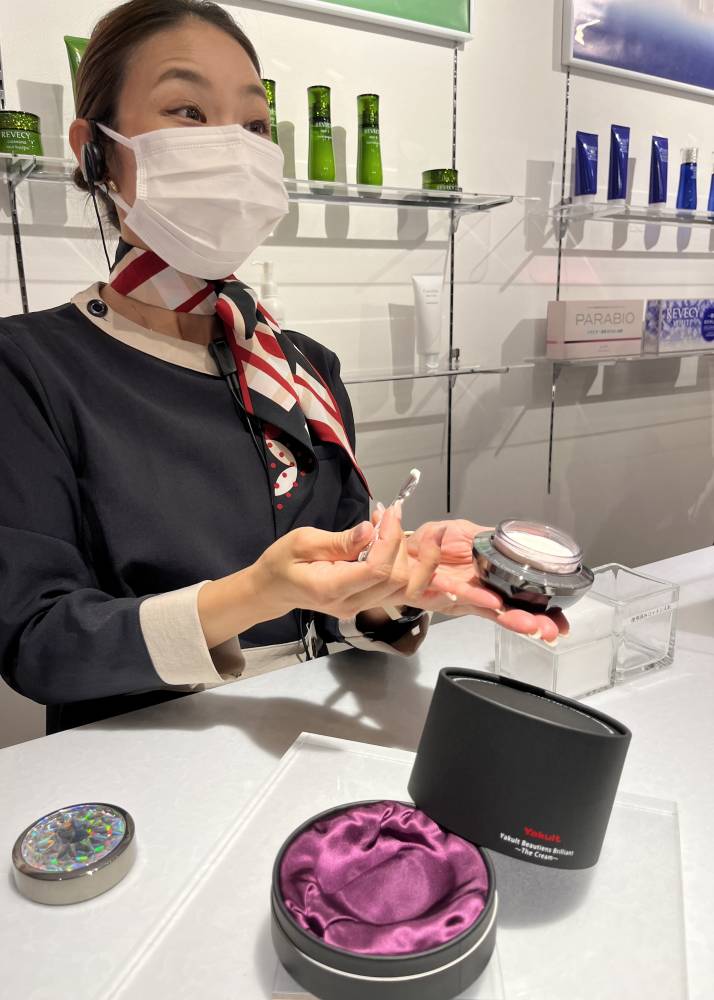
Beauty products
We tried Yakult’s different beauty products including the most expensive one—Brilliant ~The Cream~, which is considered Yakult Beautiens’ “ultimate masterpiece” and combines all of the company’s cosmetic technologies and highest-end ingredients. It costs 110,000 yen for 50 grams.
We fell in love with AC Cleansing from the Parabio anti-aging care series. This cream-type cleanser melts into the skin, dissolves makeup, and removes impurities.
We asked the production and R&D team which of their products are their favorites. Their answers were varied and we wanted to buy them all: the cleansing lotion from the Parabio series, Revecy White series, the PoshMama sunscreen “because a lot of technological know-how went into producing it,” the green Revecy series, and Lactdew Lotion 1 “because it’s really good at moisturizing, and it also has no scent.”
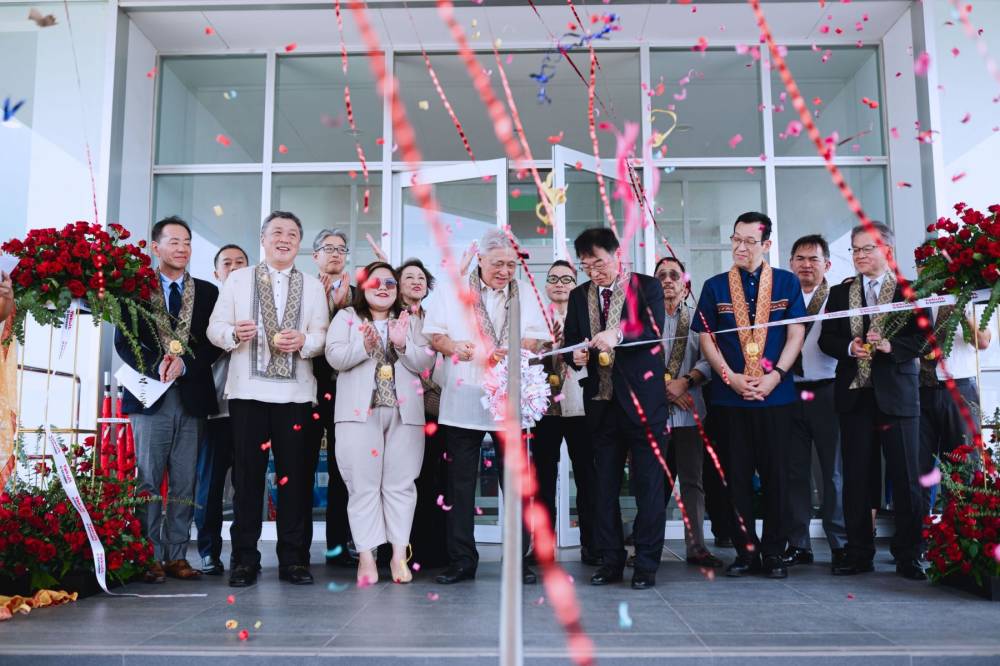
The plant was the last stop of our tour—an adventure that left us with a deeper appreciation for Yakult.
Days after we returned from Tokyo, Yakult Philippines inaugurated its new plant in the city of El Salvador in Misamis Oriental. It’s the second factory in the country (the first one is in Calamba, Laguna) and it features brand-new machines and the latest technology.
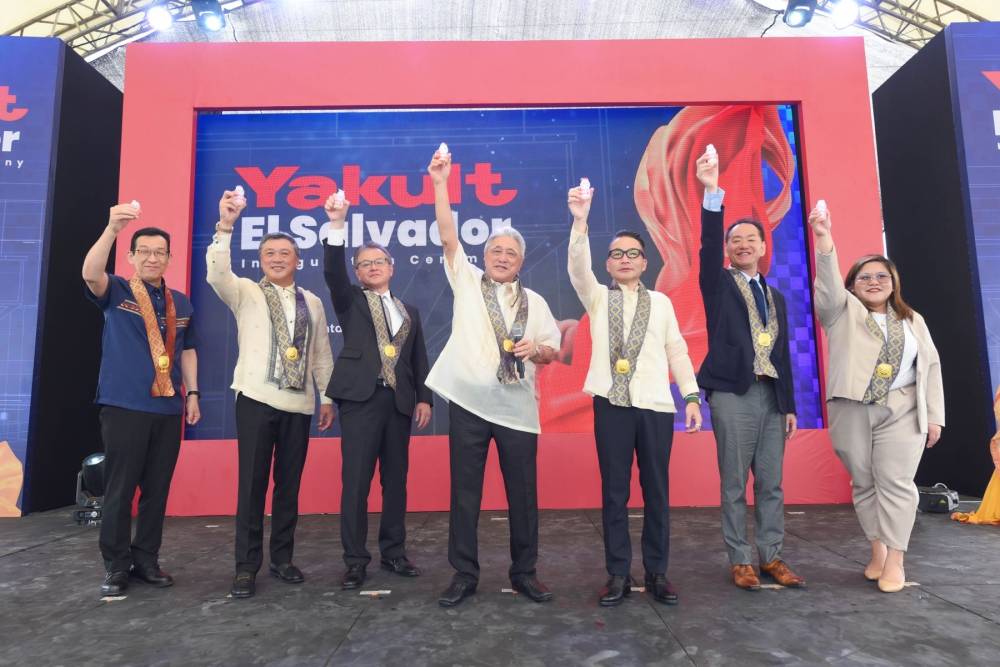
According to Yakult Philippines, “This milestone brings us closer to making good gut health more accessible to every Filipino, one Yakult bottle at a time.” (Next time you drink Yakult, check—did it come from the plant in Calamba or El Salvador?)
“With the daily production capacity of at least 3 million bottles, this state-of-the-art facility is more than just a building. It’s a beacon of our unwavering dedication to health and wellness now reaching more Filipinos than ever before, from Luzon all the way to Mindanao,” said Michael Eric Ong, vice president of Yakult Philippines Inc. and president of Yakult El Salvador Manufacturing Corp.
He told Lifestyle, “Yakult is here to stay. We’re going to celebrate our 50th anniversary in 2028. We’re here, and we’re committed to staying longer.”


